Search Images
Browse Content (p. 1353)
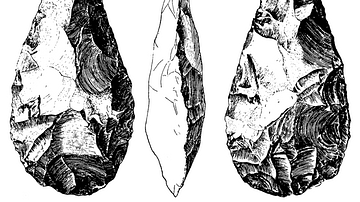
Image
Acheulean Handaxe
Drawing of a lanceolate biface or handaxe from the Acheulean stone tool culture (ca. 1,7 million years ago-ca. 250,000 years ago), found at San Isidro, Madrid, Spain.
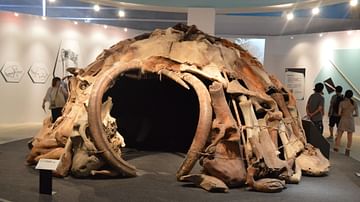
Image
Replica of a Mammoth-bone Structure
Replica of a mammoth-bone structure, shown at the "Frozon Woolly Mammoth Yuka Exhibit" in Yokoyama, Japan in Summer 2013. Upper Palaeolithic man is known to have created dwellings using mammoth bones.

Image
Megaloceros (Giant Elk) Skeleton
Megaloceros giganteus (generally known as Irish- or Giant Elk) skeleton on display at the National Museum of Natural History, Washington, D.C. Megaloceros is an extinct genus of deer that lived from the Late Pliocene to the Late Pleistocene...
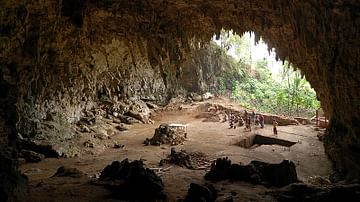
Image
Liang Bua Cave
Liang Bua Cave is situated on the island of Flores, Indonesia. Here, in 2003, the remains of the extinct species Homo floresiensis (nicknamed 'hobbit') were discovered.

Image
Woolly Mammoths
Artist's vision of woolly mammoths (Mammuthus primigenius) in a late Pleistocene landscape in northern Spain. Mammoths were hunted by prehistoric humans.
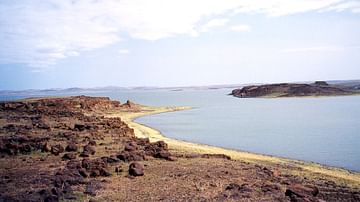
Image
Lake Turkana, Kenya
South island of Lake Turkana in Kenya, an area in which some of the earliest hominin (i.e. human species and their immediate ancestors) fossils and tools have been found.
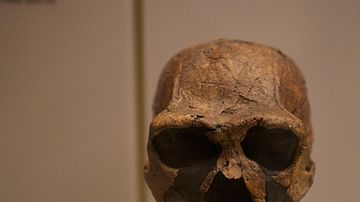
Image
Homo Erectus Skull
Skull of Homo erectus found in Koobi Fora, Kenya, dated to ca. 1,8 million years old. (Smithsonian Natural History Museum, Washington, D.C.)
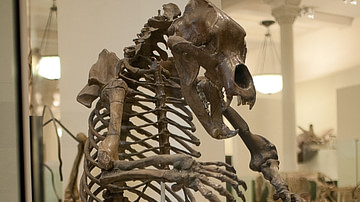
Image
Cave Bear Skeleton
Skeleton of a cave bear (Ursus spelaeus) on display at the American Museum of Natural History. The cave bear lived in Europe during the Pleistocene and shared the stage with early humans up to around 24,000 years ago, when it went extinct.
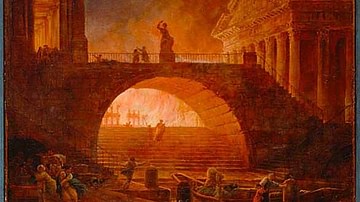
Image
The Great Fire of Rome, 64 CE.
The Fire of Rome, 18 July 64 AD' by Hubert Robert, 1733-1808 CE. (Musee des Beaux-Arts Andre Malraux, Le Havre, France)
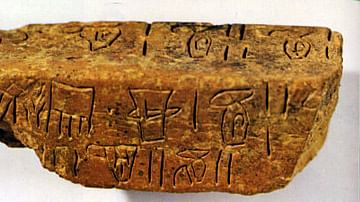
Image
Linear A Script
An example of a Minoan Linear A tablet.